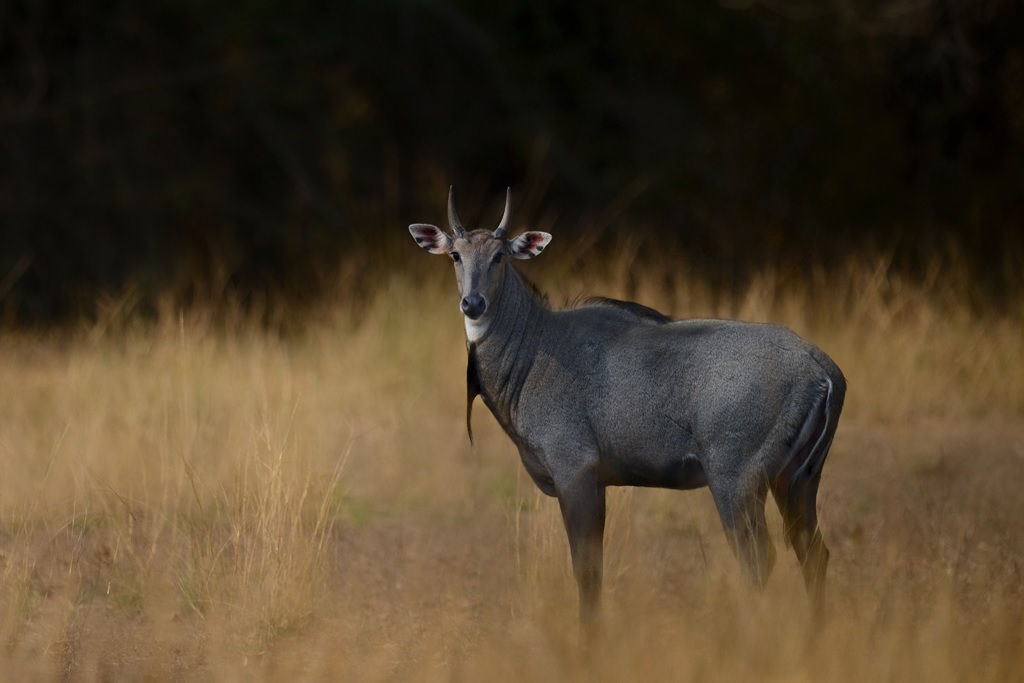
Built around two ecological systems in the capital, the Yamuna floodplain and the rocky Aravalli landscape — Delhi’s seven biodiversity park been crucial in reviving native flora species. Besides, fauna that had either reduced in numbers or had disappeared from the Ridge completely has also returned. On the International Day for Biodiversity on Saturday, this importance of the seven Delhi Development Authority parks to the environment was recalled and Emphasised.
Delhi is home to the Yamuna Biodiversity Park, Aravalli Biodiversity Park, Neela Hauz Biodiversity Park, Tilpath Valley Biodiversity Park, Northern Ridge (Kamla Nehru Ridge), Tughlaqabad Biodiversity Park, and Kalindi Biodiversity Park. Nestled away from Delhi’s long traffic snarls and high-rise buildings are lush green pockets of carefully planned nature parks that are helping maintain the ecological balance of the national capital.
As the world celebrates International Day for Biodiversity on Saturday, it’s relevant to put the spotlight on how seven biodiversity parks in the city not only maintain green cover, but also make an important contribution in increasing the counts of birds and animals. Data from each of these parks show that, since their inception, the count of species within them has spiked.
Data showed that in the Yamuna Biodiversity Park, which is spread across 184 hectares, the count of terrestrial plants increased from 90 in 2002 to 915 in 2020. The count of mammals in the park went up from just four to 22, butterflies increased from 11 to 82; number of fishes increased from nil to 18, and the number of aquatic plants went up from two to 101 last year. The bird species count increased from 37 in 2002 to 203 in 2020. In 2016, the park also saw the arrival of a leopard.
The ecology at the 280-hectare Aravalli Biodiversity Park is no different. When the park was established in 2005, it had 150 species of terrestrial plants, which increased to 950 in 2020, and the count of mammals went up from five to 19 in the same period.
Data also showed that the number of butterflies went up from 13 in 2005 to 113 last year, and the number of birds increased from 42 to 209.
The Delhi Development Authority’s biodiversity parks have assumed global importance as models for replication. They not only help conserve the vanishing natural heritage from urban centres but also serve many more functions, such as serving as vegetation filters for non-point source air pollutants, imparting resilience to climate change, enhancing water availability to the city and providing cultural, conservational and educational services.
CR Babu, who heads the biodiversity parks project of Centre for Environmental Management of Degraded Ecosystems (CEMDE) at Delhi University, said that these parks are nature reserves, which harbour natural heritage and have functions such as carbon sequestration — a process in which carbon dioxide is removed from the atmosphere and stored in the plant body and soil, recharging groundwater and controlling the micro climate of an area, among others.

Post Your Comments